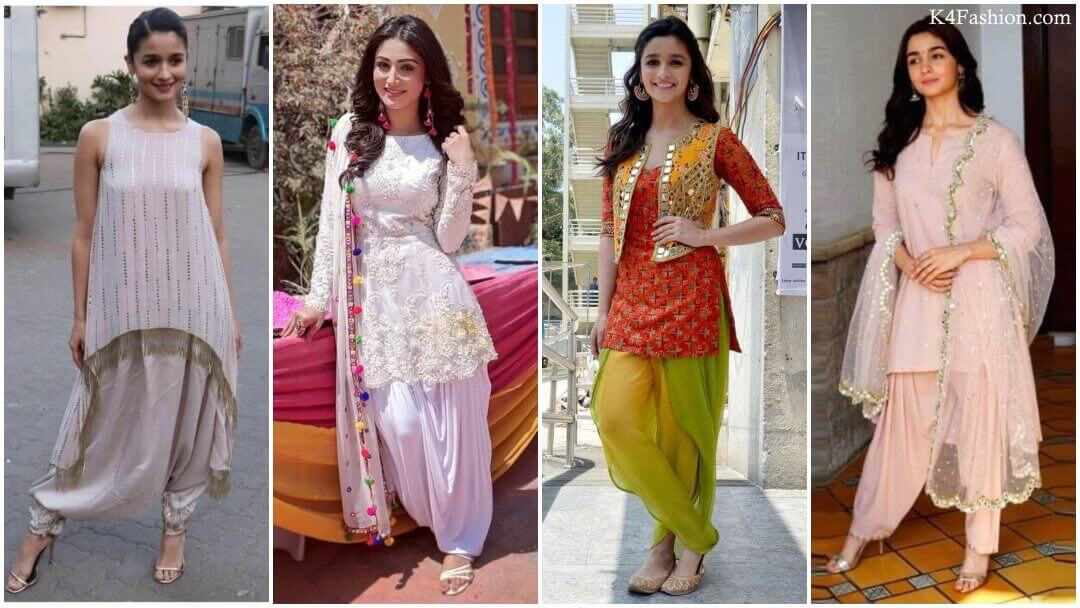Women’s fashion in India is a rich tapestry of diverse cultural influences that have evolved over centuries. India’s cultural heritage and regional diversity have played a significant role in shaping women’s clothing styles, patterns, colours, and accessories. Here are some key cultural influences on women’s fashion in India:

Traditional Clothing:
a. Saree: The saree is a quintessential Indian garment that is draped around the body, typically consisting of a long piece of fabric with various styles of draping across different regions of India. It represents elegance and femininity and is worn on various occasions, from daily wear to weddings.
b. Salwar Kameez: This is a popular attire worn by women, especially in North India. It consists of a long tunic top (kameez), loose pants (salwar), and a scarf (dupatta). Salwar kameez designs vary across regions and can be simple or heavily embroidered, depending on the occasion.
c. Lehenga Choli: This is a traditional outfit worn during weddings and festivals. It consists of a flared skirt (lehenga), a fitted blouse (choli), and a dupatta. Lehengas are intricately designed with vibrant colors, embroidery, and embellishments.
Regional Influences:
a. North India: In states like Punjab and Rajasthan, women often wear brightly colored, heavily embroidered clothing with mirror work. In contrast, the states of Himachal Pradesh and Jammu and Kashmir are known for their woolen shawls and intricate hand-woven designs.
b. South India: The women in South India often wear sarees with distinct draping styles like the Kanjeevaram saree from Tamil Nadu, Kasavu saree from Kerala, and Pochampally saree from Andhra Pradesh. They also wear traditional temple jewelry, such as necklaces, bangles, and earrings.
c. East India: The sarees from West Bengal, such as the famous Baluchari and Dhakai Jamdani, are known for their intricate weaving techniques and elaborate designs. In Odisha, the traditional saree called Sambalpuri saree showcases vibrant colors and traditional motifs.
Islamic Influences:
The Mughal era had a profound impact on Indian fashion, particularly in the northern parts of the country. The Mughals introduced clothing styles like the Anarkali suit, characterized by a long, frock-style top with a slim-fitting bottom. This style is still popular today, especially during festive occasions.
Western Influences:
With globalization and modernization, Western fashion trends have also influenced women’s clothing choices in India. Many Indian women now wear Western-style dresses, skirts, jeans, and tops for everyday wear, especially in urban areas. However, they often blend Western and traditional elements, creating a unique fusion of styles.
Bollywood and Celebrity Influence:
Bollywood, the Indian film industry, plays a significant role in shaping fashion trends in the country. Actresses and celebrities often set fashion benchmarks through their on-screen appearances and public events, influencing women’s fashion choices across the nation.
It’s important to note that India’s cultural influences are diverse, and fashion styles can vary greatly from region to region. This overview provides a general understanding of the cultural influences on women’s fashion in India, but there are numerous subcultures and nuances that contribute to the rich tapestry of Indian fashion.
